- No products in the cart.
Everything You'll Ever Need to Know About Milliskin
02
May
Milliskin is the star fabric in the world of the dancewear and activewear. You may recognize milliskin as most commonly used in costumes, cosplay outfits, dance leotards and more. Much akin to popular fabrics like cotton, nylon, jacquard or satin, milliskin does have a colorful, celebrated and fascinating history. Interested in using milliskin in your next project, or just plain curious about what milliskin actually is? We’ve outlined all you need to know below – starting with the basics!

What Is Milliskin Fabric?
Introduced in the height of the 1960s, milliskin is a wildly popular type of fabric that’s stretchy, light and thin. It is primarily used to make dance leotards, tights, swimsuits, bathing suits, costumes, cycling pants and a plethora of other active wear items.
Milliskin is actually a four-way stretch type of spandex. In fact, there are two kinds of 4-way stretch spandex available today: milliskin spandex and moleskin. Milliskin fabric is lighter, thinner and easier to use than the latter.
Milliskin fabric has become a darling of the dancing and costumes community because of its form-fitting properties. Not just that - garments made from milliskin fabric tend to be comfortable and fit snugly as well as hold to the wearer’s body shape.
Just like other fabrics that stretch comfortably like spandex and Lycra, milliskin has also found its way into the fashion industry. It’s typically included in pieces of attire that designers hope to accentuate the shape and curves of the model.
Milliskin Fabric - Brief History
Tights and leotards made from the fabric hit the market in the early 1960s. However, the origins of milliskin fabric can be traced back to the timely invention of polyurethane in 1942 by William Hanford and Donald Holmes.
Polyurethane is the core elastic fiber that was refined by scientists at DuPont in 1959 to make spandex. The beauty of this material is that it can stretch more than 100% its length and is able to snap back to its original form.
Milliskin, or milliskin spandex to be exact, is the original type of fabric that was first used by Capezio Ballet Makers to make dance costumes. Capezio heard about this fabric that was thought to be ideal for making leotards when they were costuming for the ballet “Trinity.”
A white milliskin unitard was first introduced by Capezio. It boasted a wet look and feel with plenty of sheen, making it one of the most sought-after materials for leotards and tights in the 1960s. The color could be changed by simply dyeing the material, which means it wasn’t a dull fabric. This was the start of a new era of dance wear entirely.

How is Milliskin Fabric Made?
Milliskin fabric is made by blending nylon and 4-way stretch spandex (or Lycra). That’s why it is fairly thinner and tauter than heavy-set types of spandex like moleskin. The basic milliskin fabric is usually plain white and can be dyed to reflect virtually any color.
Milliskin is said to be a 4-stretch material because it can be stretched in all four directions (both length and width). It has a fairly high level of stretching ability, which is what makes it so desirable for active wear applications.
Types of Milliskin Fabric
Milliskin fabric comes in all sizes, colors, shapes, and styles. But, at the end of the day, these fabrics fall into one of two categories: shiny milliskin or matte milliskin. When shopping for these fabrics, you’ll want to take a look for a store that has a wide selection of both types of milliskin – remember, they can be made in virtually any color!
As you might expect, matte milliskin fabric does not have a sheen, while the other type has a shiny or glossy look and feel. Both are beautiful in their own right – choosing one type simply depends on the application!

What is Milliskin Fabric Used For?
As mentioned earlier, milliskin fabric can be used to make anything and everything that needs a bit of stretch. Because it’s thin, light and tends to snap back to its original shape when stretched, this is an ideal material who making clothing for acrobats, dancers, swimmers, athletes and anyone who requires comfort and flexibility in their attire.
Milliskin is the fabric of choice for making leotards, bodysuits, cheer or head bows, backdrops for theaters/stages, leggings, skating dresses, wrestling clothing, activewear, dance costumes, swimwear, leotite, unitards, wrap sweaters, high-performance leg/hand warmers, bicycle pants, sportswear, yoga wear, and so much more. See? The possibilities are virtually endless.
Sewing Using Milliskin Fabric - Quick Tips and Hacks
Get Proper Threads and Needles for the Job
Milliskin fabric calls for specific types of needles and thread. Luckily, you can garner these from any fabric shop and trimming stores that sell needles and threads. Stretch needles are an absolute, preferably size 11 or 14.
Stretch Stitching is Crucial
Even better, make sure to use a sewing machine with a stretch stitch. Start with a scrap of the fabric to test out the stitch quality. Adjust the stitch tension and stretch accordingly.

Get the Measurement Right
Of course, how much milliskin fabric you’ll need will depend on your sewing project. More often than not, the fabric is sold by the yard (which equals 3 ft, 0.91m or 36 inches, for those who are curious). We’d recommend buying a bit more than necessary for your pattern – you definitely need a buffer for mistakes!
Nylon on Tricot Milliskin Spandex
If you’re looking for the most versatile type of milliskin fabric, look no further than nylon on tricot spandex. It comes in a diverse range of colors that you’ll absolutely love. Best of all, it’s a forgiving fabric for a beginner.
Buy a Rotary Cutter
If you don’t have one, it’s worth investing in a rotary cutter and board. This is far easier and quicker than traditional fabric scissors!

Caring and Cleaning Milliskin Fabric
- Hand wash milliskin fabric using a mild detergent and cold water. Remember heat is your milliskin’s number one enemy. It’ll lose its recovery and elasticity if introduced to heat.
- Don't use fabric softener, bleach or chlorine.
- Separate colors. If you don’t dark and bright colors might bleed into each other.
- Don’t press with a hot iron - use low temp setting and pressing cloth.
- Don’t dry clean or wring the fabric.
Armed with a plethora of knowledge about milliskin, we’re confident you’ll knock your next project out of the park - from a simple headband to a complex cosplay costume, milliskin is the right choice when you want a stretchy, versatile, pretty fabric. Happy sewing!



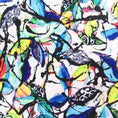
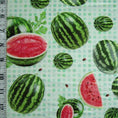
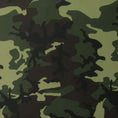
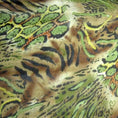
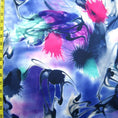
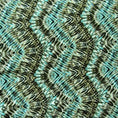
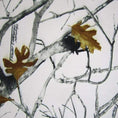

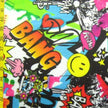
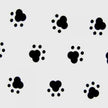
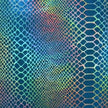

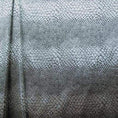
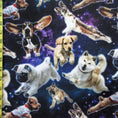
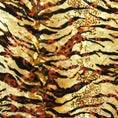

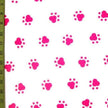
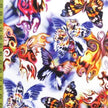
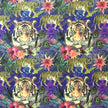
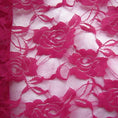
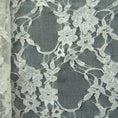
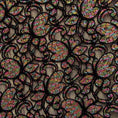

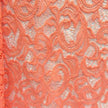


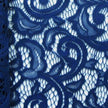
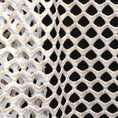
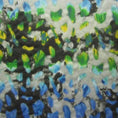
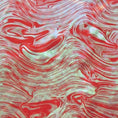
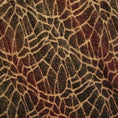
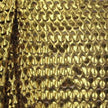
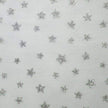


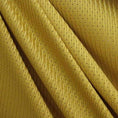

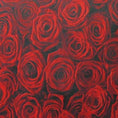
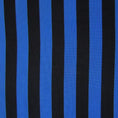
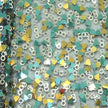
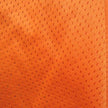
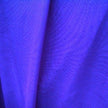
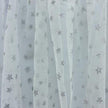
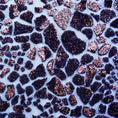
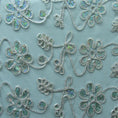
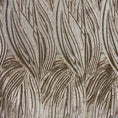
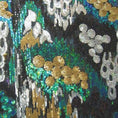

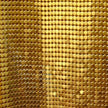
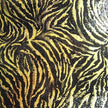
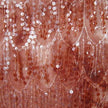



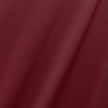
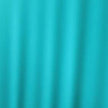

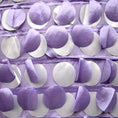

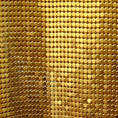
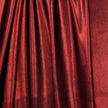
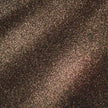
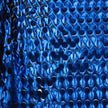
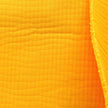
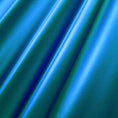
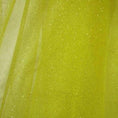
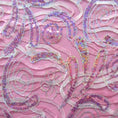
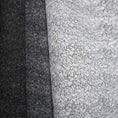
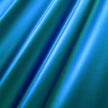
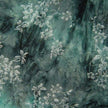


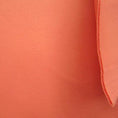
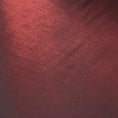
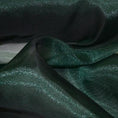
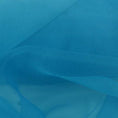
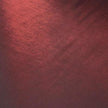
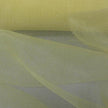
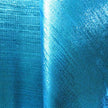
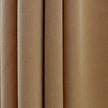
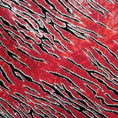
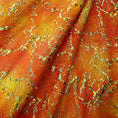

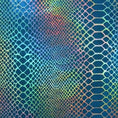
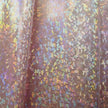
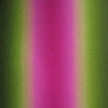
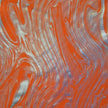
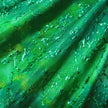
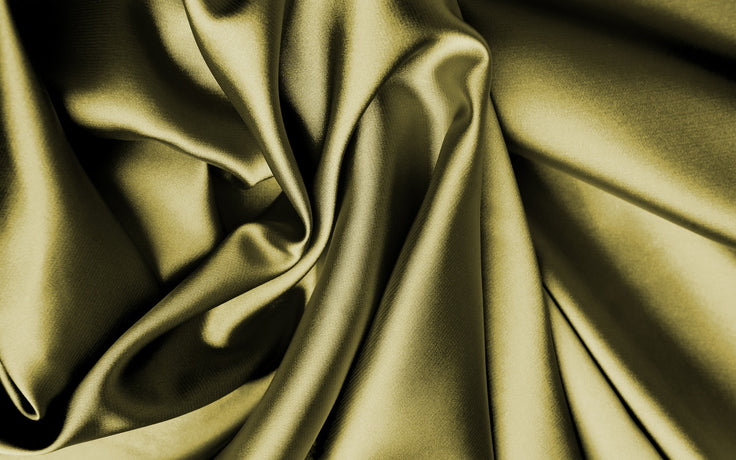








I’ve looked absolutely everywhere and can’t find the answer…. is it neccessary to finish the edge of matte milliskin or can I leave it raw? I need to make a dozen short circle skirts for a cheer team and it would make my life so much easier if I didn’t have to hem them! Thanks!